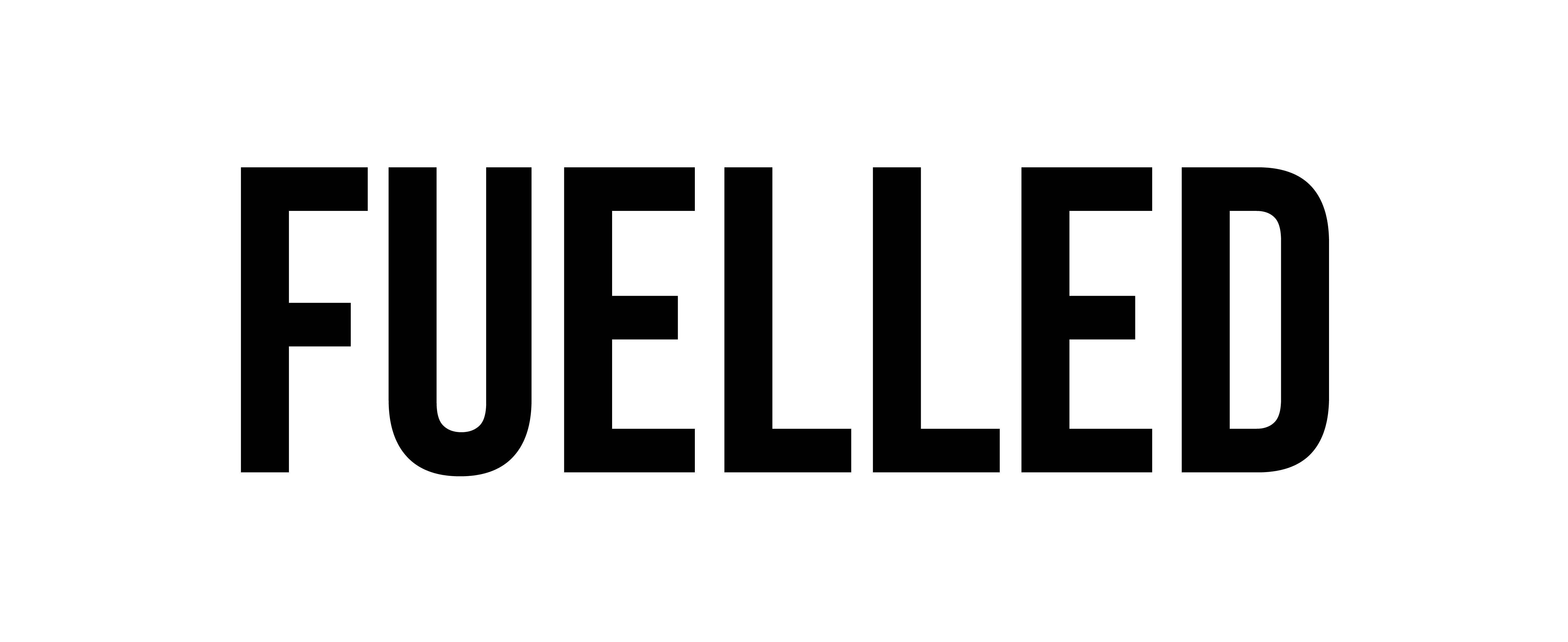Been wondering how your meals should look like on a fat loss diet? Fat loss works on the basic principle of Calories In Vs Calories Out. But where those calories come from can make a huge difference on your fat loss results.
Hence, it’s important to know how to build your meals. When it comes to building your meals for fat loss, you’ve got to focus on two main things – Keeping your protein intake high & getting enough fiber through veggies to help you with satiety.
Protein
Select a source of protein for your meal. The goal is to target 20-50g of protein per meal depending upon your daily requirements & goal. When selecting your protein source, it’s important to include primary sources of protein such as chicken, fish, eggs, cheese, paneer, soy, etc. that offer a complete amino acid profile.
For vegetarians, you can opt for secondary sources like beans, lentils, quinoa, etc. that have a moderate amount of protein per gram, however, lack one of more of the essential amino acids.
The goal should be to get most of your protein through primary sources & to then fill any shortfalls using secondary sources as add on to your meals.
Veggies
Get your greens. You’ve probably heard about it a million times. Coz it’s actually important. The next step is to add green leafy vegetables to your meal.
The main reason for getting those greens is to get your fiber & micronutrient intake sorted. Veggies pack a ton of fiber & carry a lot of micronutrients that you might otherwise miss on a calorie restricted diet due to limited amount of food that you eat. Hence it becomes really important to make sure that you don’t skimp on this.
The other benefit to this is that fiber helps with satiety. You might feel hungry on a calorie restricted diet & a good way to fight that hunger is by adding those veggies to your meals which will increase the volume of your meal without much of added calories.
Carbs & Fats
The last step is to fill the remaining calories for your meal with your choice of carbs and fats. You can either include complex sources of carbs like brown rice, oats, wheat, etc. or you can opt for simpler sources like fruits depending upon your own preference.
Complex carbs help with satiety & fruits help add some level of sweetness to your meals & are low in calories, so both of them can have a place in your plate.
For fats, you can include sources like butter, ghee, oil, cheese, etc. You’ll probably be using fat sources to cook your meals.
It does not matter whether the remaining calories in your diet come from fats or carbs. But make sure that you include at least 40-45g of fats per day in your diet for healthy functioning of your body as fats help in a lot of processes that go inside your body.








Leave a comment
This site is protected by hCaptcha and the hCaptcha Privacy Policy and Terms of Service apply.